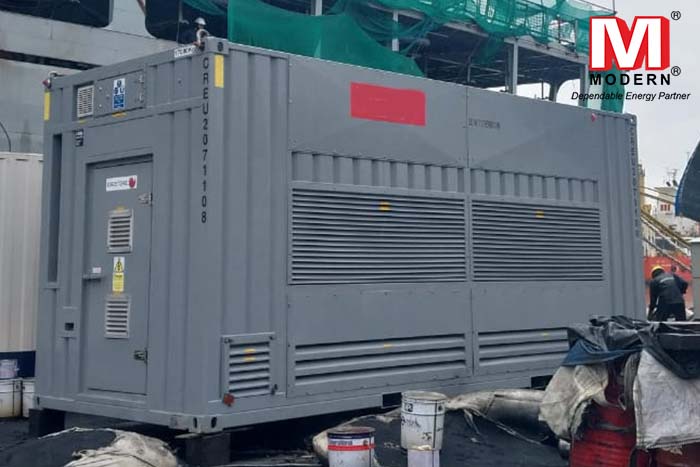
Load Bank Testing Best Practices: A Guide to Maximizing Results
Load bank testing is a critical process for verifying the performance, reliability, and efficiency of power systems. Implementing best practices in load bank testing ensures that the results obtained are accurate, meaningful, and contribute to the overall resilience of the power infrastructure. In this guide, we explore the key best practices to maximize the effectiveness of load bank testing.
Establish Clear Objectives:
Clearly define the objectives of the load bank testing. Whether it’s validating the performance of a new generator, assessing the capacity of an existing system, or identifying potential issues, having clear goals helps in designing a targeted testing approach.
Accurate Simulation of Loads:
Simulate realistic and accurate loads that represent the actual conditions the power system may face during operation. This includes mimicking the mix of resistive, inductive, and capacitive loads that the system is likely to encounter in real-world scenarios.
Gradual Load Application:
Gradually apply loads during testing rather than imposing sudden, large loads. This approach helps in identifying potential issues and allows the system to adjust to changing conditions more smoothly, minimizing stress on the equipment.
Monitoring and Data Collection:
Implement comprehensive monitoring and data collection procedures throughout the load bank test. Measure variables such as voltage, current, frequency, and power factor to assess the system’s performance under different load conditions accurately.
Testing Across the Entire Load Range:
Ensure that load bank testing covers the entire load range of the power system. Testing at various load levels helps identify potential weaknesses or inefficiencies at different operational states, providing a holistic view of the system’s capabilities.
Regular Calibration of Equipment:
Regularly calibrate load bank equipment to maintain accuracy in measurements. Calibrated instruments contribute to reliable data collection, improving the precision of test results and ensuring the effectiveness of the testing process.
Thorough Pre-Test Inspections:
Conduct thorough pre-test inspections of the entire power system, including cables, connections, and cooling systems. Identifying and addressing potential issues before testing ensures a smoother and more reliable testing process.
Consult Manufacturer Guidelines:
Refer to the manufacturer’s guidelines and specifications for both the power system and the load bank equipment. Adhering to these guidelines ensures that testing is performed in accordance with the equipment’s design and operational parameters.
Professional Expertise:
Engage qualified professionals with expertise in load bank testing. Experienced technicians can identify nuances in system behavior, troubleshoot issues efficiently, and provide valuable insights to maximize the effectiveness of the testing process.
Documenting Results and Analysis:
Thoroughly document the results of the load bank test, including any anomalies or deviations observed. Perform a comprehensive analysis of the data collected, and use the insights gained to make informed decisions regarding system improvements or maintenance requirements.
Adhering to best practices in load bank testing is essential for organizations seeking to ensure the reliability and optimal performance of their power systems. By establishing clear objectives, simulating realistic loads, monitoring comprehensively, and following industry guidelines, businesses can maximize the value of load bank testing, contributing to the resilience of their power infrastructure.

